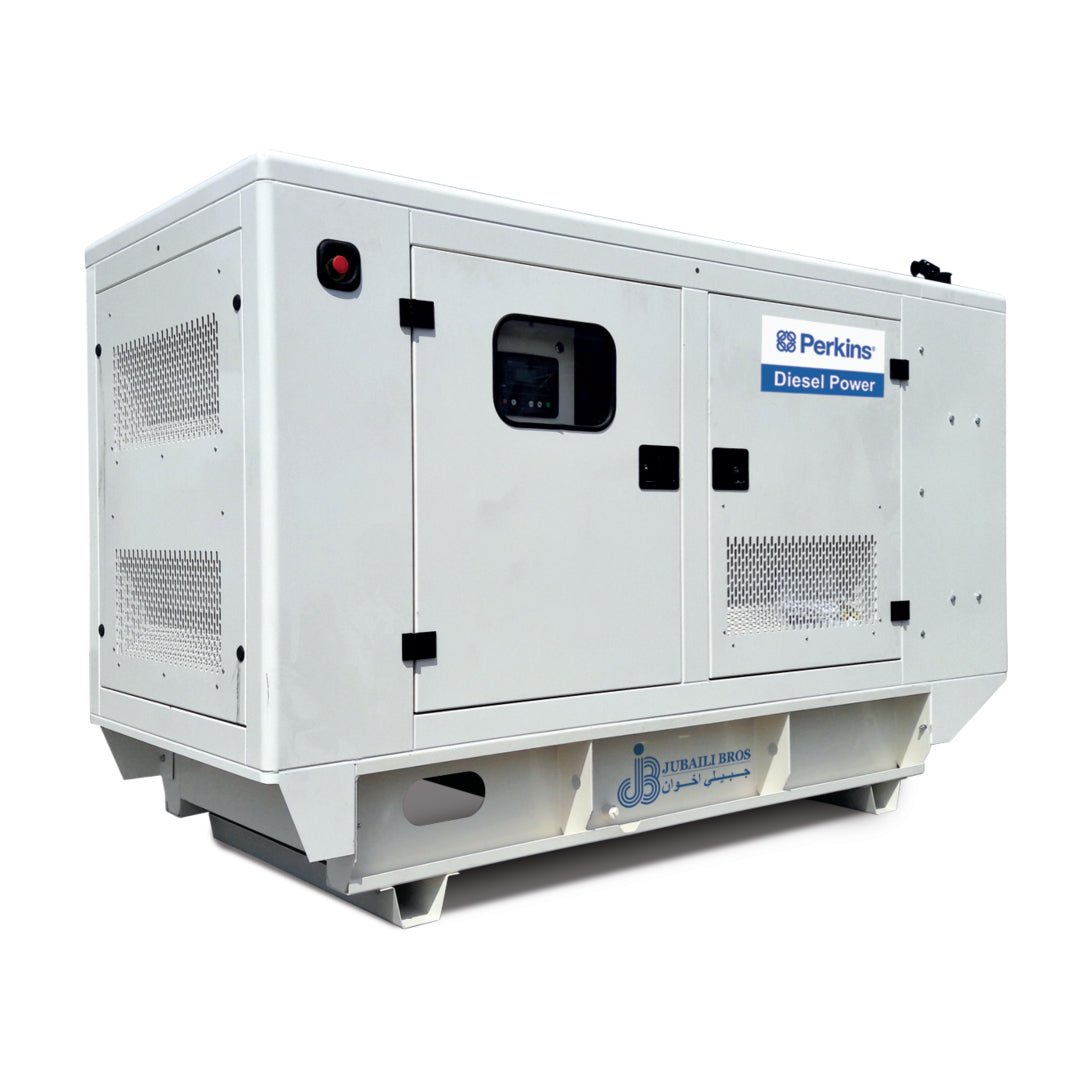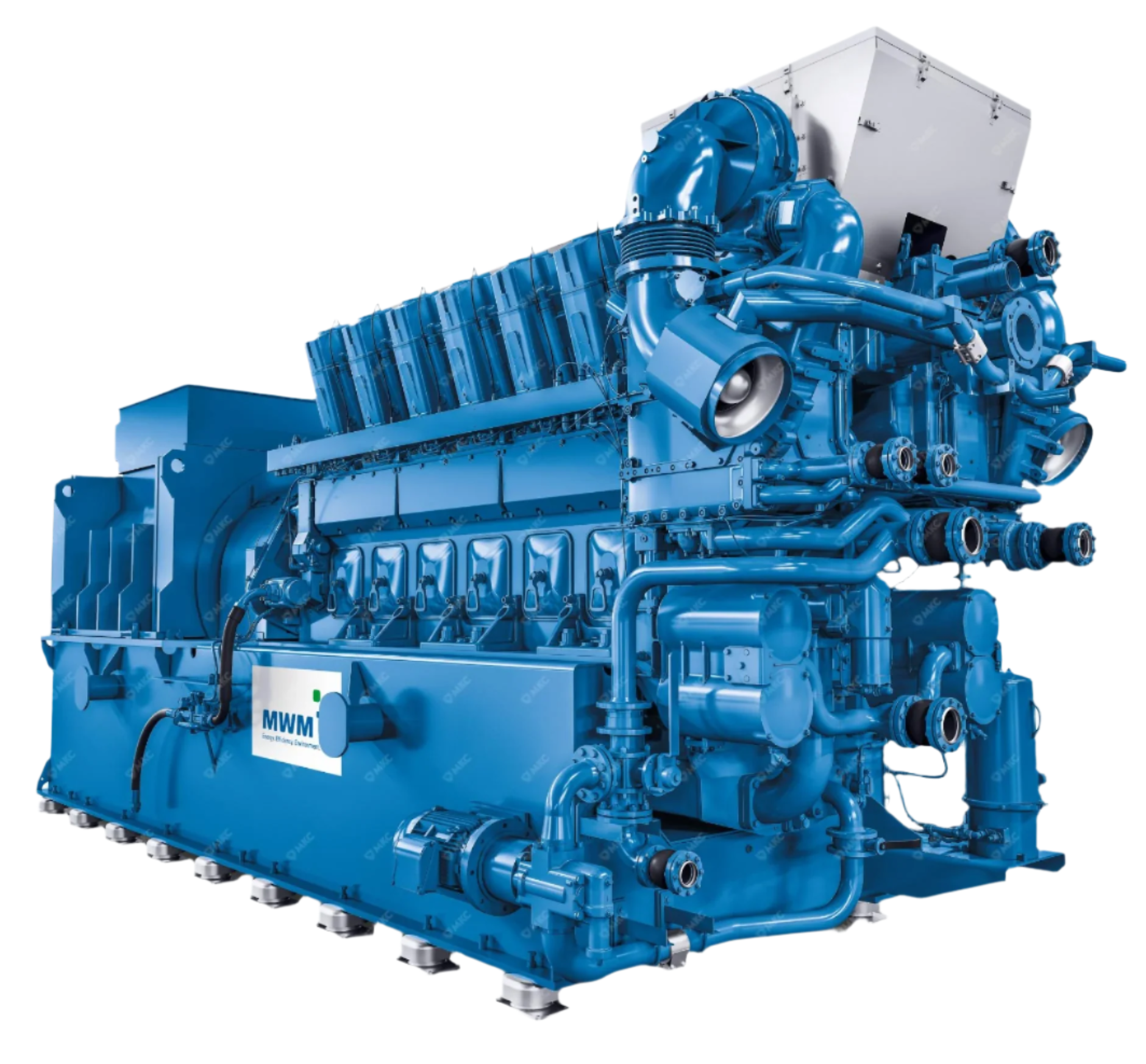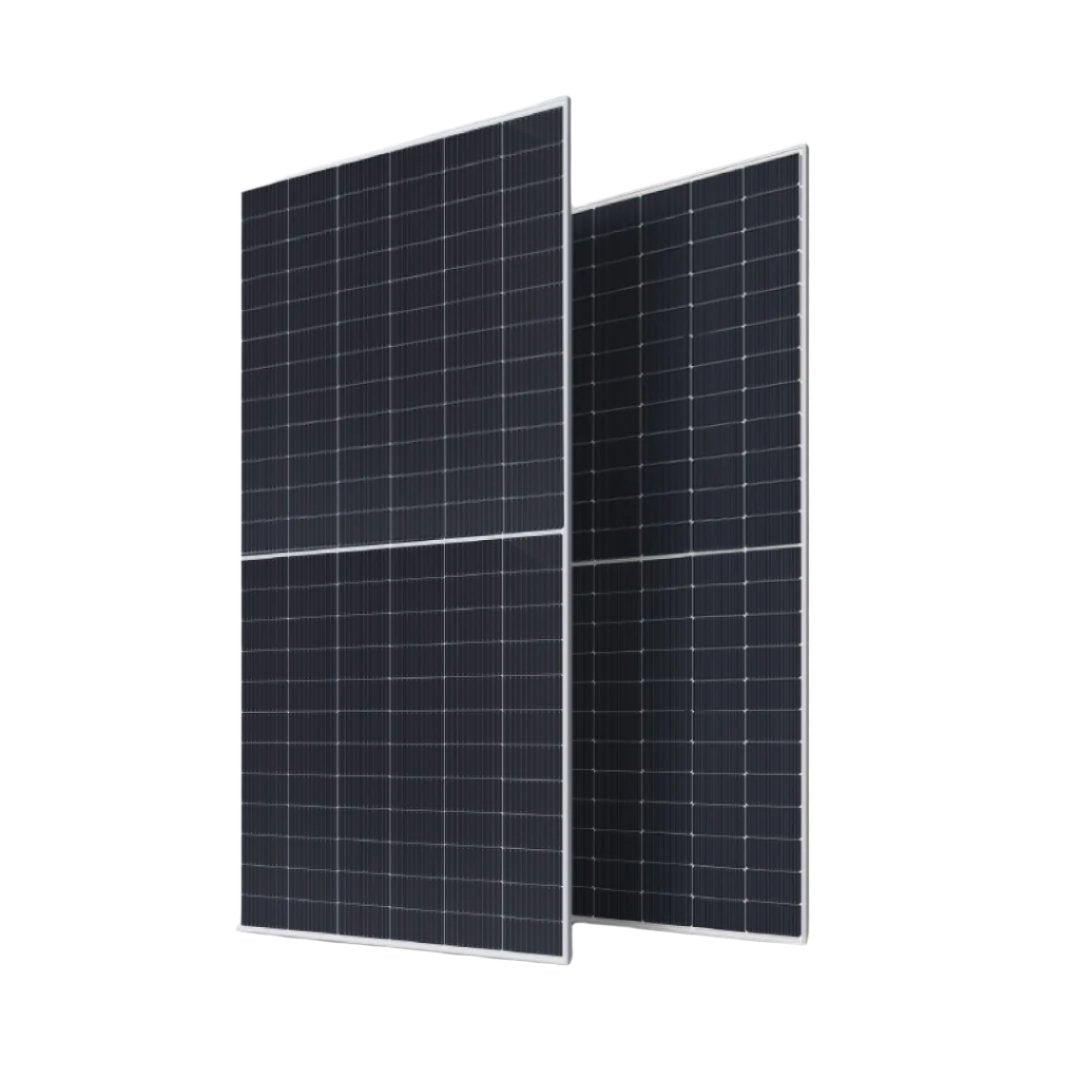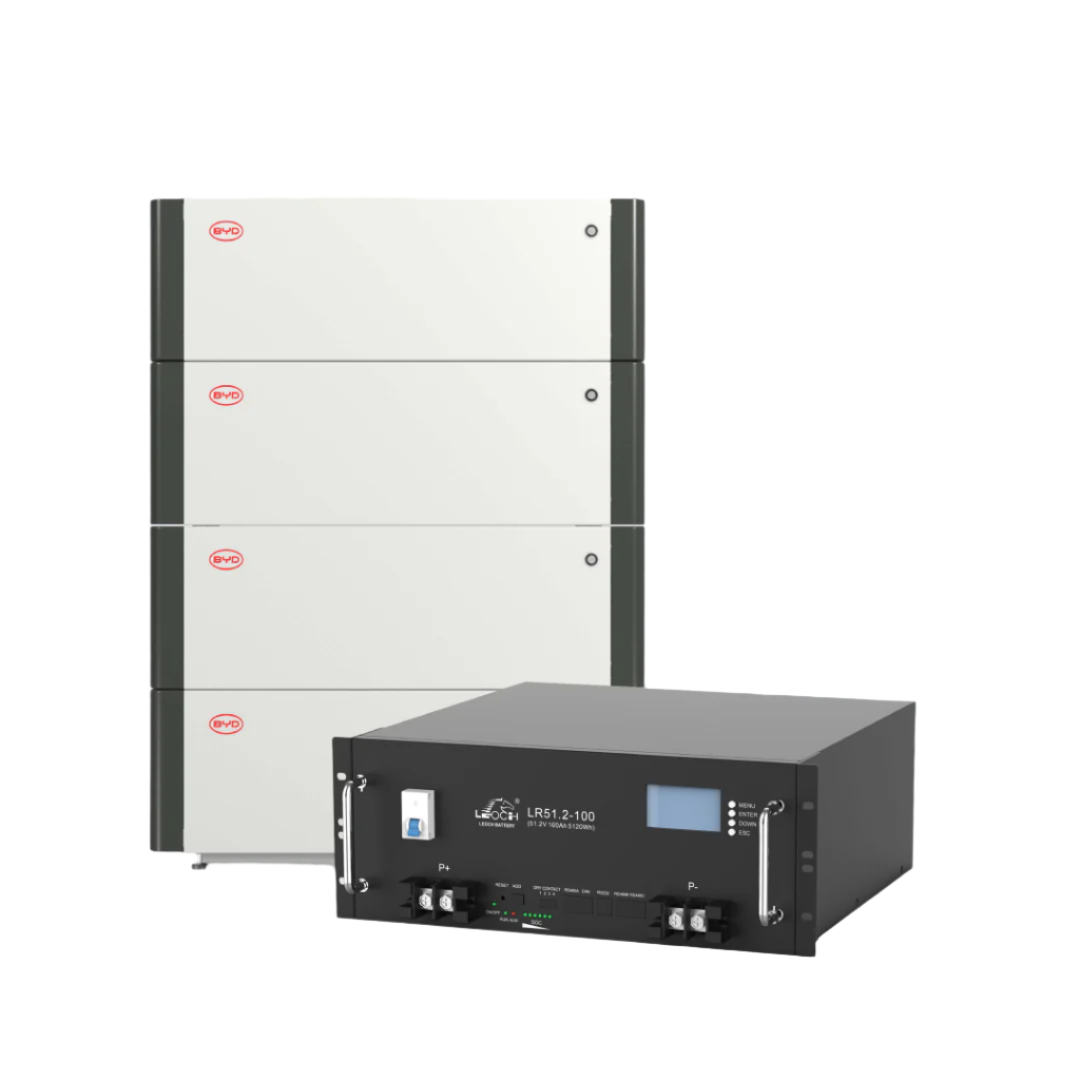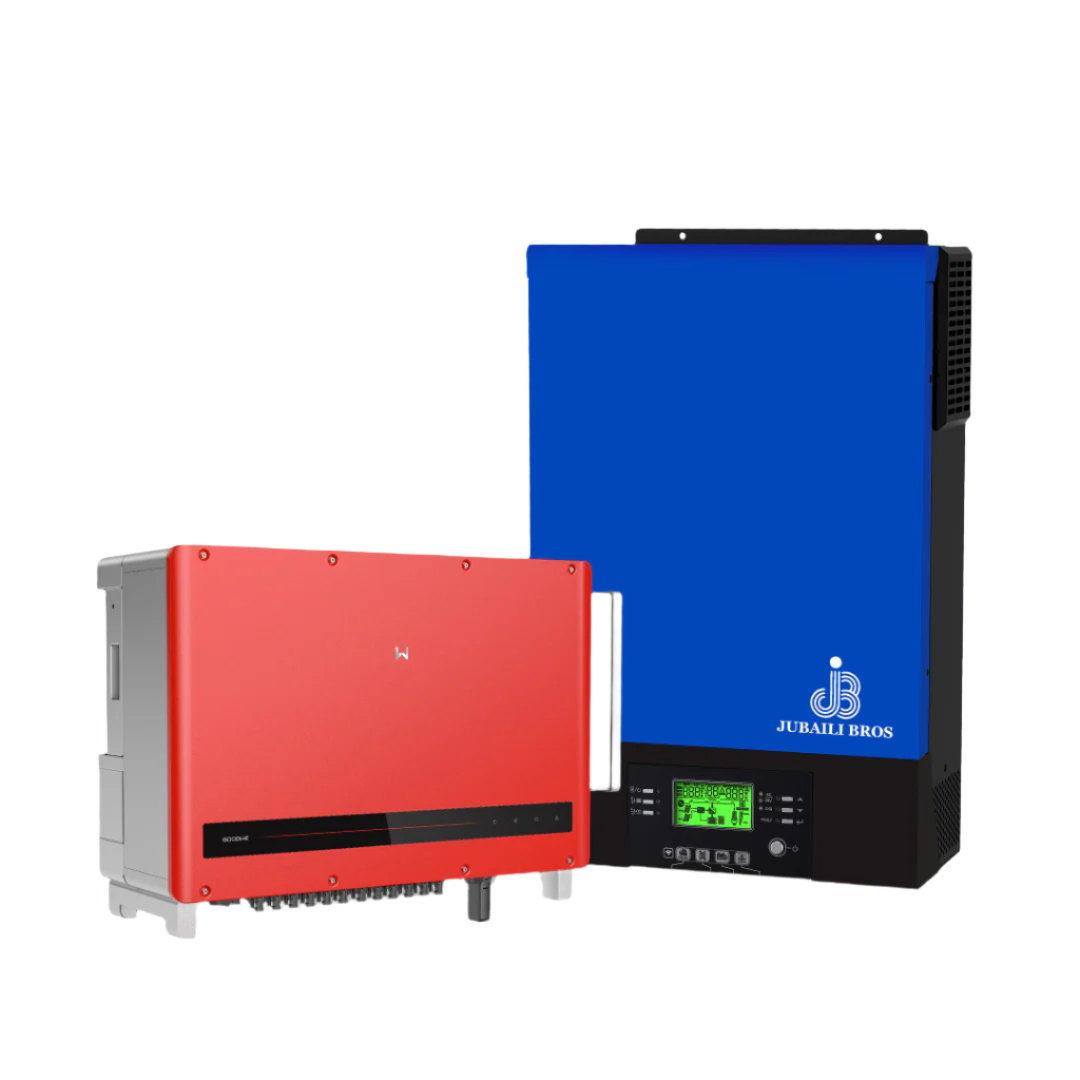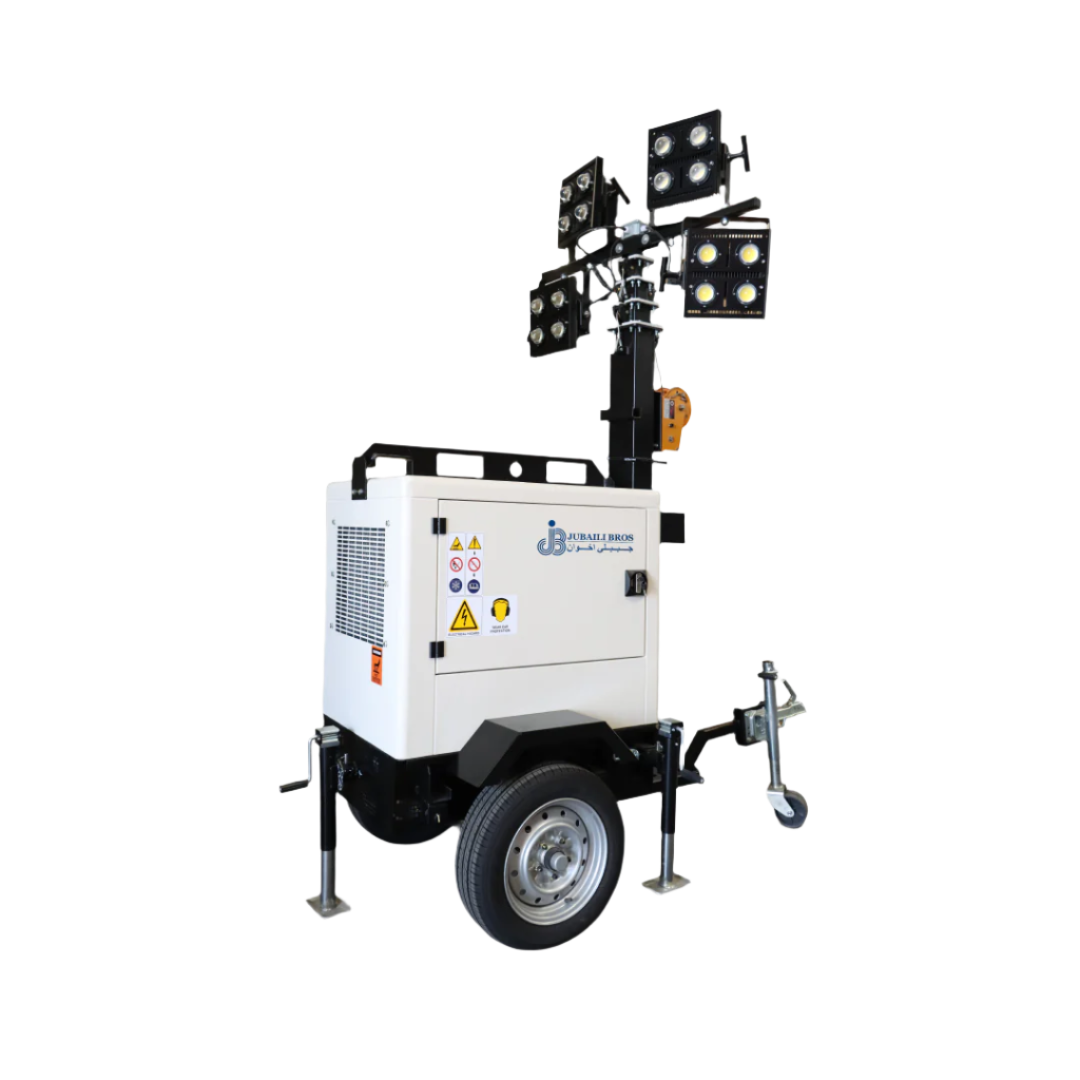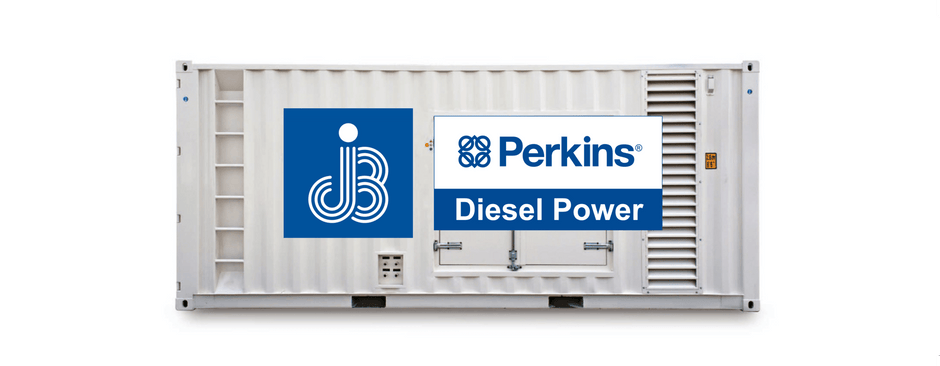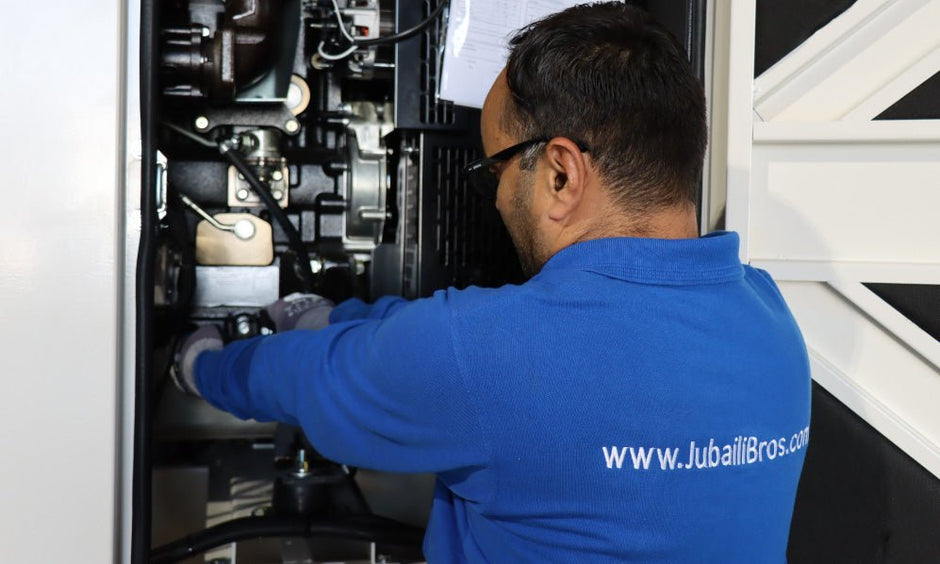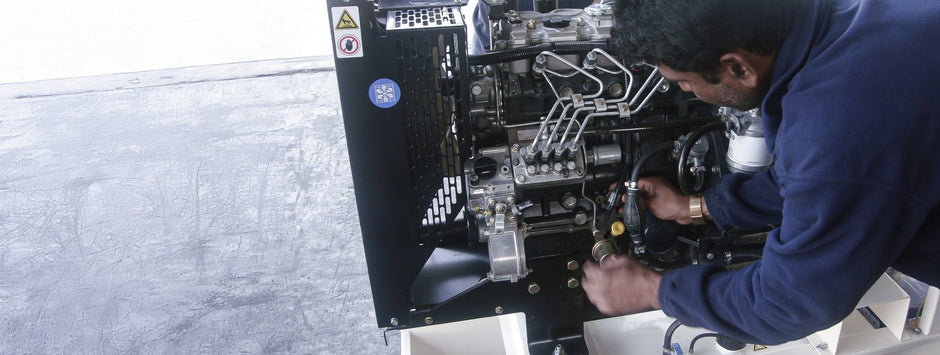Accurate load calculation is the foundation of generator sizing, switchgear selection, and ensuring stable power quality. A single overlooked motor or an underestimated diversity factor can result in voltage dips, breaker trips, and costly rework. At Jubaili Bros, load analysis is a structured engineering process, combining field data, international standards, and transient performance benchmarks to match each customer with the right diesel generator. This article presents a practical guide based on that process—enabling consultants, facility engineers, and contractors to size both engine and alternator components with confidence.
Create a Comprehensive Load Inventory
Start by listing all the electrical loads the generator will support during an outage or off-grid operation. This includes HVAC systems, elevators, pumps, lighting, data centers, and production equipment. For each item, gather:
- Nameplate data: Voltage, frequency, rated power (kW or HP), power factor (PF), phase, and starting method (DOL, Star-Delta, Soft Starter, or VFD).
- Load type: Classify as motors, resistive, capacitive, lighting, IT or harmonic loads.
- Duty cycle and scenario: Identify simultaneous operating conditions—typically peak season loads under full outage scenarios.
Example Load Schedule
| Load ID | Description | kW | PF | Start Method | Diversity % |
|---|---|---|---|---|---|
| M‑1 | AHU supply fan | 15 | 0.85 | DOL | 100 |
| M‑2 | Chiller Compressor | 90 | 0.84 | Soft Starter | 100 |
| L‑1 | LED lighting | 12 | 0.98 | — | 80 |
| UPS‑A | Data centre IT | 100 | 0.95 | — | 100 |
Convert Real Power (kW) to Apparent Power (kVA)
Generators are rated in kVA, so convert all kW loads using the formula:
kVA = kW / PF
For example, a 15 kW motor with 0.85 PF becomes approximately 17.6 kVA.
Apply Diversity and Coincidence Factors
Not all loads run at once. Apply:
- Diversity factor: The likelihood a load operates concurrently. For example, lighting at 80%.
- Coincidence factor: For grouped loads, especially in buildings with staggered usage like apartments or malls.
Adjust each load’s kVA by its diversity to find total running kVA.
Calculate Motor Starting Inrush kVA
Starting current depends on start method:
- DOL: 6–7 × FLA
- Star-Delta: 2.5–3 × FLA
- Soft Starter: 3–4 × FLA
- VFD: 1.1–1.5 × FLA
Use:
Inrush kVA = √3 × Voltage × Starting Amps / 1000
Example: 90 kW compressor with FLA 156 A at 400 V using soft starter → Inrush ≈ 468 A → Inrush ≈ 324 kVA.
Assess Step Load Capability
The alternator must handle the largest single load applied in one step. This determines:
- Excitation system selection (AREP, AREP+, or PMG)
- Voltage regulator type (e.g., D350 for transient optimization)
- Alternator short-circuit performance
Account for Non-Linear Loads and Harmonics
UPS systems, LED lighting, and VFDs can distort voltage:
- Oversize alternator if nonlinear loads exceed 50% total kVA
- Use 2/3 pitch windings and transistor-based AVRs (e.g., R180, D350)
- THDi above 40% may require derating or harmonic filters
Apply Environmental Derating
Use manufacturer curves:
- Altitude: ~1% derate per 100 m above 1,000 m
- Temperature: ~2% derate per 5 °C above 40 °C
In harsh environments, specify space heaters, tropical kits, and upgraded air filtration systems.
Include Load Growth Margin
Plan for future needs:
- Commercial buildings: 15–25% margin
- Hospitals & data centres: N+1 redundancy preferred
- Industrial clients: Confirm future equipment plans
Worked Example: Office Building
- Running load (after diversity): 610 kVA
- Peak step inrush: 200 kVA (elevators)
- Running load at moment of step: 200 kVA
- Total transient requirement: 400 kVA
To meet a -15% transient limit, alternator must support 3× overload. A 750 kVA alternator with AREP excitation and a D350 AVR is selected. Engine kW requirement = 600 kW. Add 20% growth → Final selection: 900 kVA / 720 kW.
Checklist Summary
- Create a complete load inventory
- Convert kW to kVA and apply diversity
- Calculate motor starting inrush
- Determine worst-case transient load
- Derate for altitude and ambient temperature
- Include a margin for load growth
Tools and Resources
- Use the Jubaili Bros Excel-based generator sizing tool—available on request via our contact page.
- Refer to IEC 60034-1 for standardized motor data.
- Capture real-time load behavior with DSE Configuration Suite.
Conclusion
Generator sizing is both a science and an art. It starts with thorough load identification and ends with properly selected engine, alternator, and controls that perform reliably under all conditions. At Jubaili Bros, our application engineers are ready to assist with load analysis, inrush simulation, and alternator configuration, helping you choose the optimal solution for your environment and load profile.
Need expert guidance? Contact Jubaili Bros for a complimentary load analysis or to request our generator sizing worksheet.







